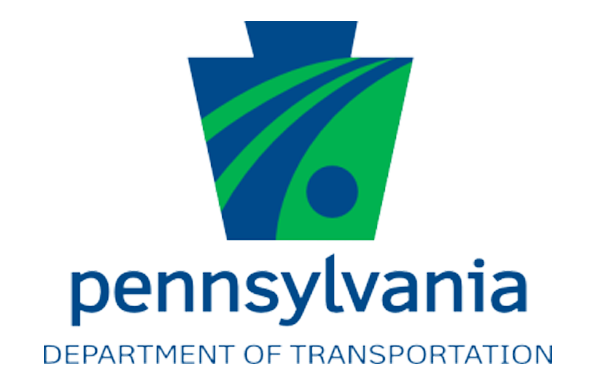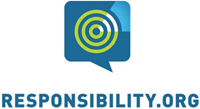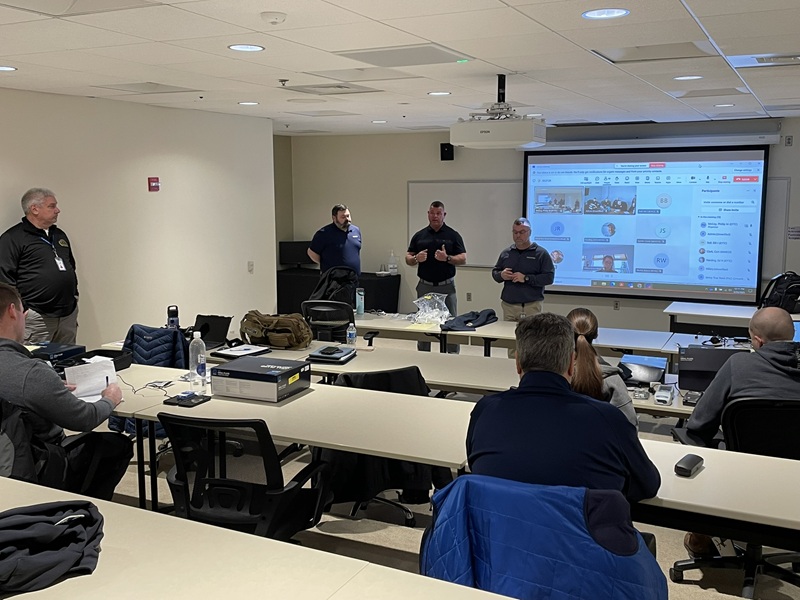Summary
In 2023, the Governors Highway Safety Association (GHSA) partnered with the Foundation for Advancing Alcohol Responsibility (Responsibility.org) to provide a $50,000 grant to the Pennsylvania Department of Transportation to tackle issues related to driving under the influence of drugs and high-risk impaired driving in various settings, including laboratories, courtrooms and at the roadside.
PennDOT partnered with the Center for Forensic Science Research and Education (CFSRE) to conduct comprehensive drug testing in line with NSC-ADID recommendations. The advantages of standardized and comprehensive testing include an increased likelihood of detecting drugs in impaired drivers, improved support for the DRE program and higher quality consolidated data to inform epidemiological research and public health policies.
To better characterize drug-impaired driving in Pennsylvania and develop a model applicable in other states, the research funded by this GHSA/Responsibility.org grant involved comprehensively testing blood samples submitted for analysis to a reference laboratory. This testing covered both Tier I and Tier II drugs, as well as emerging substances, including new psychoactive substances (NPS) in suspected DUID cases. Additionally, it supported the ongoing longitudinal assessment of DUID trends in Pennsylvania initiated by the CFSRE in 2020.
CFSRE was subsequently awarded an additional $20,000 to complete similar testing for Missouri, Montana, Ohio and Wisconsin.
Testing
A total of 1,025 samples from five states – Pennsylvania, Missouri, Montana, Wisconsin and Ohio – were analyzed. The overall findings revealed that in 27 cases (2.6%), no drugs or alcohol were detected. Additionally, 709 samples (69%) tested positive for ethanol, while 738 samples (71%) tested positive for drugs. It’s important to note that the data for alcohol and drugs are not mutually exclusive. When the CFSRE excluded the negative samples (n=27) from the analysis, they found that 45% of the remaining samples tested positive for both drugs and alcohol.
Ongoing Impact
Having the ability to test for various substances and accurately determine the substance causing a driver’s impairment is critical for informing the most appropriate sentencing and treatment.





